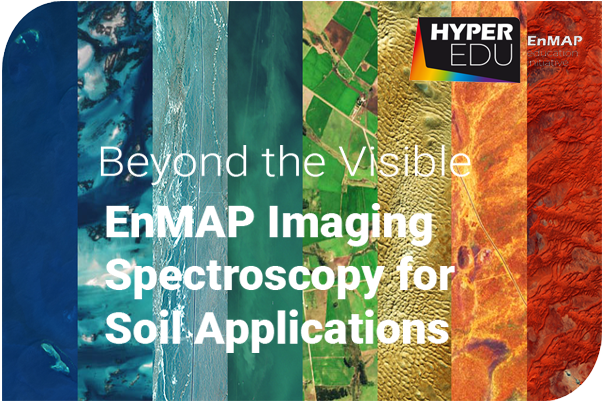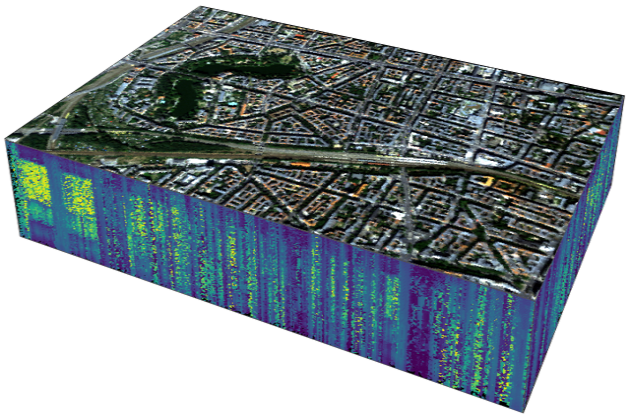The Future of Remote Sensing with Artificial Intelligence
Transforming Remote Sensing Through AI Artificial Intelligence (AI), particularly deep learning, is revolutionizing remote sensing by dramatically improving data processing capabilities. Convolutional Neural Networks (CNNs)…
























